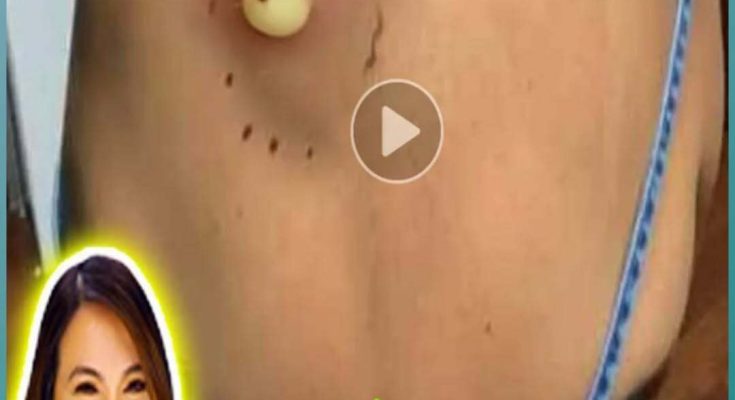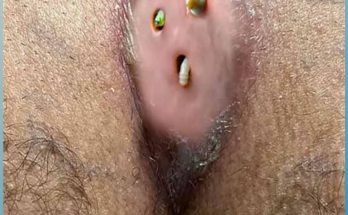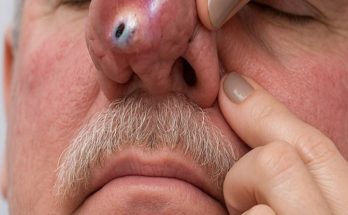Chin-line acne happens when hair follicles get clogged, often due to genetics, medical conditions, or certain medications. The skin’s sebaceous glands produce oil, which travels to the surface through pores. When “dirt, hair, and dead skin cells accumulate,” these pores can block, allowing bacteria to multiply and cause inflammation.
Hormonal changes are a common trigger, as fluctuations can increase oil production and clogging. Stress and diet may also play a role for some people. The result can be pimples, blackheads, or other blemishes along the chin.
Mild cases often respond to over-the-counter products with “benzoyl peroxide or salicylic acid,” which help clear oil, remove dead skin, and control bacteria.
More severe acne may require prescription treatments, including topical retinoids, antibiotics, hormonal therapies, or isotretinoin, depending on the cause and severity. Improvement may take weeks, and stopping treatment too soon can make acne return or worsen.
Seek medical advice if acne is painful, spreading, causing scars, or not improving with basic care. A doctor can identify the cause, personalize treatment, and help prevent lasting skin damage.


